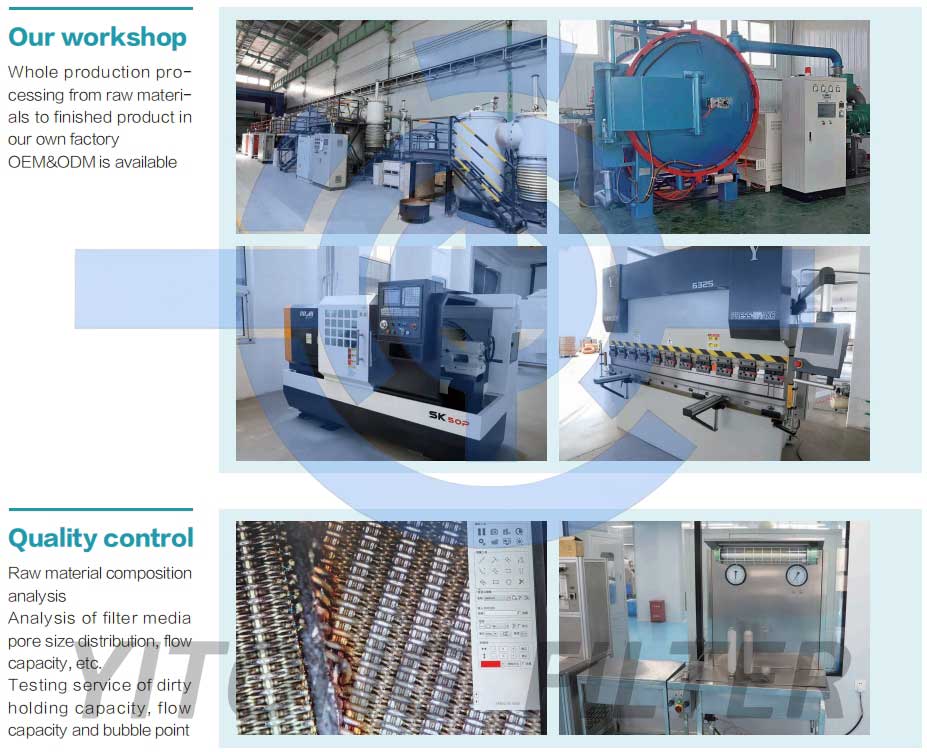Our products: metal powder sintered filter element, sintered mesh filter element, pleated metal filter element. Raw material: stainless steel 304/316L/904L, Hastelloy, powder, titanium powder, etc.
Application
Decarburization filtration in pharma industry;Filtration and recovery of catalyst;Filtration of various corrosion and high temperature materials;high temperature gas in petrochemical industry;Polymer melt filtration of chemical fibre and film.
